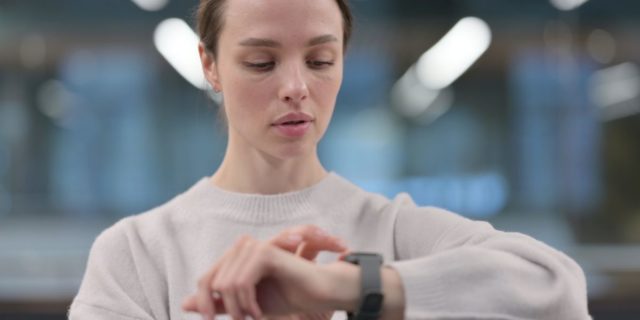
You may be familiar with HbA1c as a metric to determine diabetes management, but there’s a new phrase to familiarise yourself with – “Time in Range” – thanks to the advent of continuous glucose monitoring.
What is Time in Range?
Time in Range is the percentage of time a person’s blood glucose levels are within a specified target range. Typically, this would be between 4 mmol/L and 10 mmol/L, or whatever targets you have agreed with your healthcare team. The goal with managing diabetes is to maximise the “time in range” and to minimise high and low sugar levels. By doing this, blood glucose levels remain stable and this can reduce the risk of short-term and long-term health complications.
Why Time in Range matters?
Time in Range gives a far more detailed understanding of blood glucose control compared to the traditional HbA1c test. HbA1c tests give you an average glucose level over 90 days but fail to reveal daily blood glucose fluctuations, or the frequency of highs and lows. Time in Range gives a comprehensive view of a person’s daily blood glucose control. It shows how diet, physical activity, and medications influence blood sugar levels. This detailed understanding is essential in preventing the rollercoaster-like effects of fluctuating blood glucose levels and help to reduce the risk of both hypoglycemia and hyperglycemia.
The clinical importance of Time in Range
Research has shown that a higher Time in Range, that is, spending more time with your blood glucose levels between your target thresholds, is linked to a reduced risk of diabetes complications. Time in Range is becoming a key endpoint in clinical trials evaluating new diabetes therapies, highlighting its importance as a predictor of treatment efficacy and patient outcomes.
Monitoring Time in Range
While monitoring Time in Range may seem cumbersome, it’s actually very simple. Continuous glucose monitors (CGMs) provide real-time blood glucose readings allowing you to track fluctuations throughout the day and night. This continuous stream of data allows you and your healthcare team to assess your blood glucose control accurately. Most CGMs come with apps that show your Time in Range.
What’s more, the data that comes from your CGM can also help you to identify trends, such as times of day when blood sugar levels are most volatile, guiding more precise guidance on how to optimise blood glucose management.
Using Time in Range data
Time in Range data has several practical applications:
- It enables you to make more informed treatment decisions
- It enables your healthcare provider to design tailored interventions like medication dosages, dietary plans, and exercise regimens according to your unique biology
- Maintaining Time in Range can significantly reduce the risk of diabetes-related complications
- Time in Range empowers people with immediate feedback on their choices and develops a more engaged, proactive approach to health
Alongside HbA1c, Time in Range is an effective way of understanding your state of diabetes control.
!function(f,b,e,v,n,t,s){if(f.fbq)return;n=f.fbq=function(){n.callMethod?n.callMethod.apply(n,arguments):n.queue.push(arguments)};if(!f._fbq)f._fbq=n;n.push=n;n.loaded=!0;n.version=’2.0′;n.queue=[];t=b.createElement(e);t.async=!0;t.src=v;s=b.getElementsByTagName(e)[0];s.parentNode.insertBefore(t,s)}(window,document,’script’,’https://connect.facebook.net/en_US/fbevents.js’);fbq(‘init’, ‘427517474057894’); fbq(‘track’, ‘PageView’);
Source link








